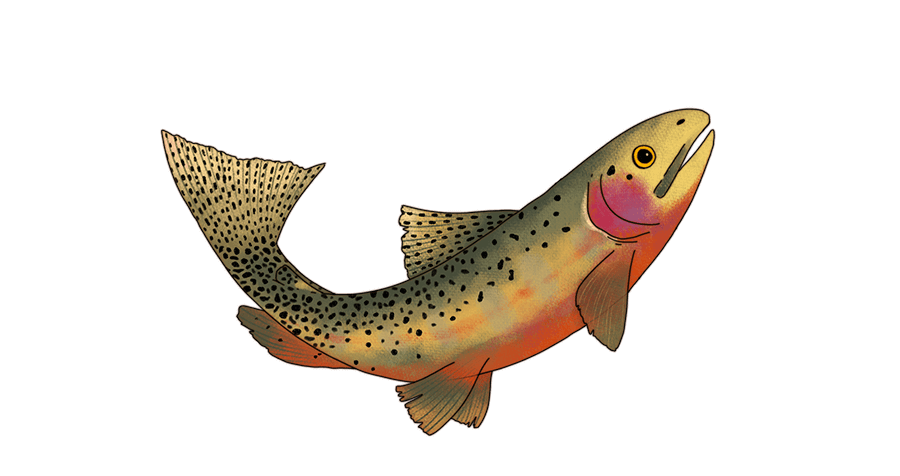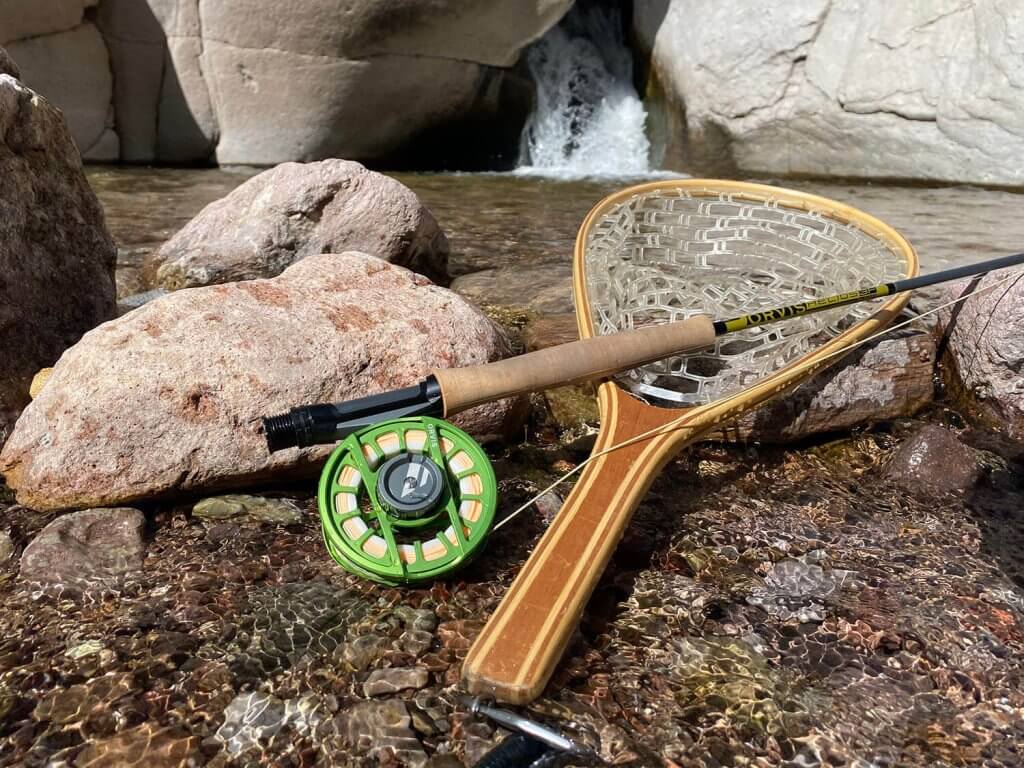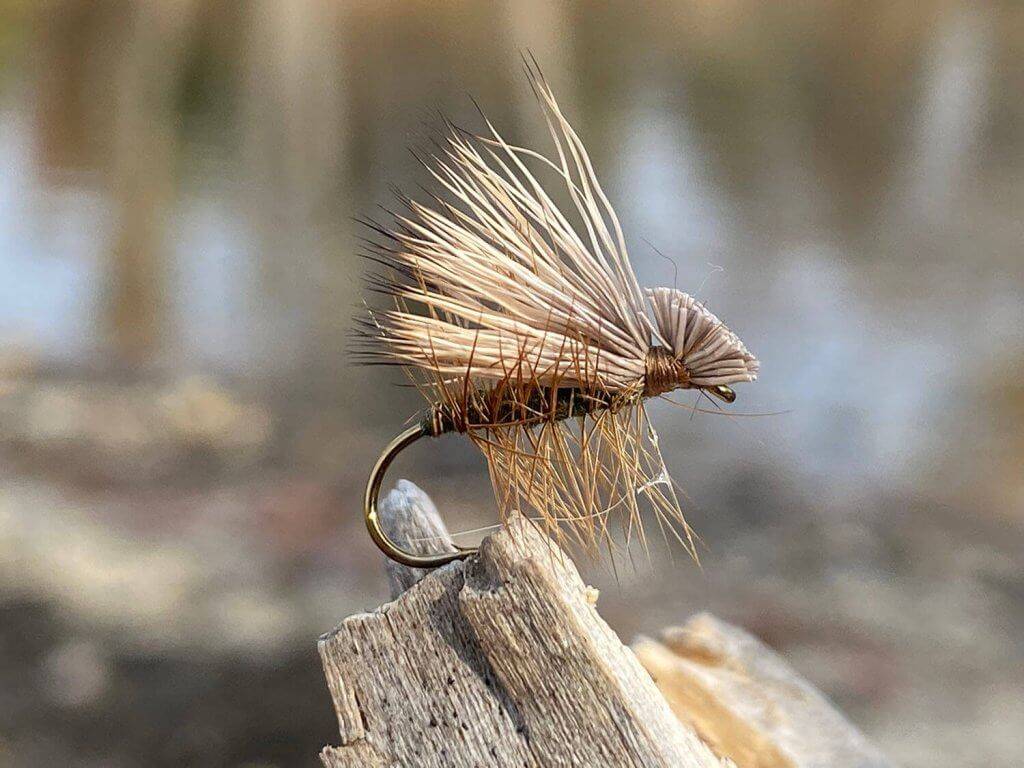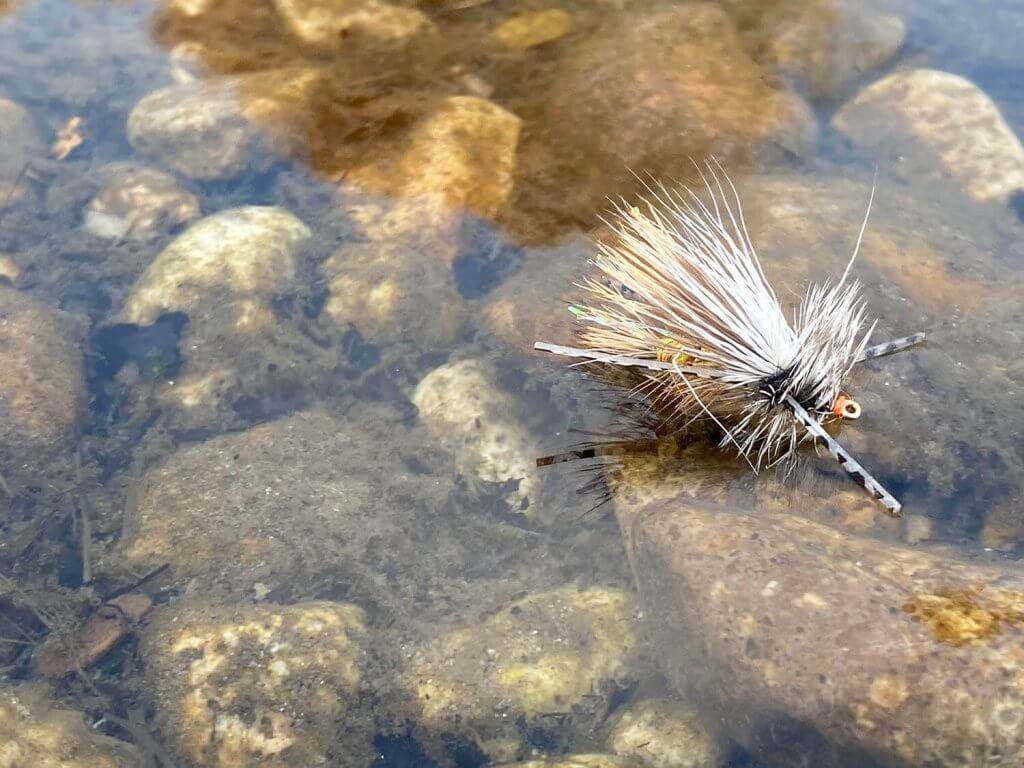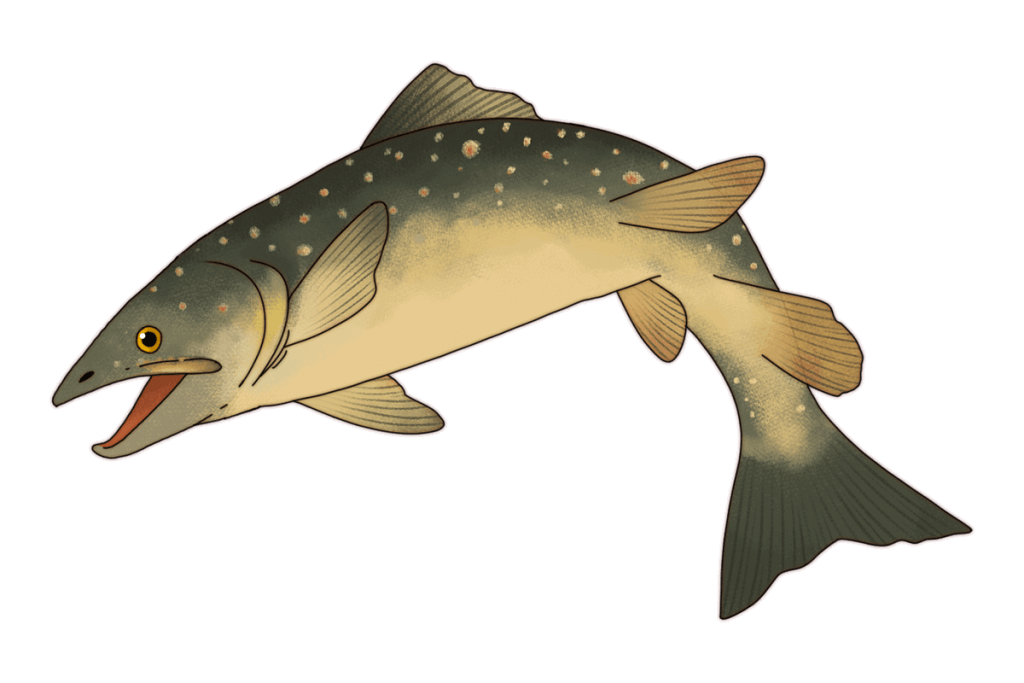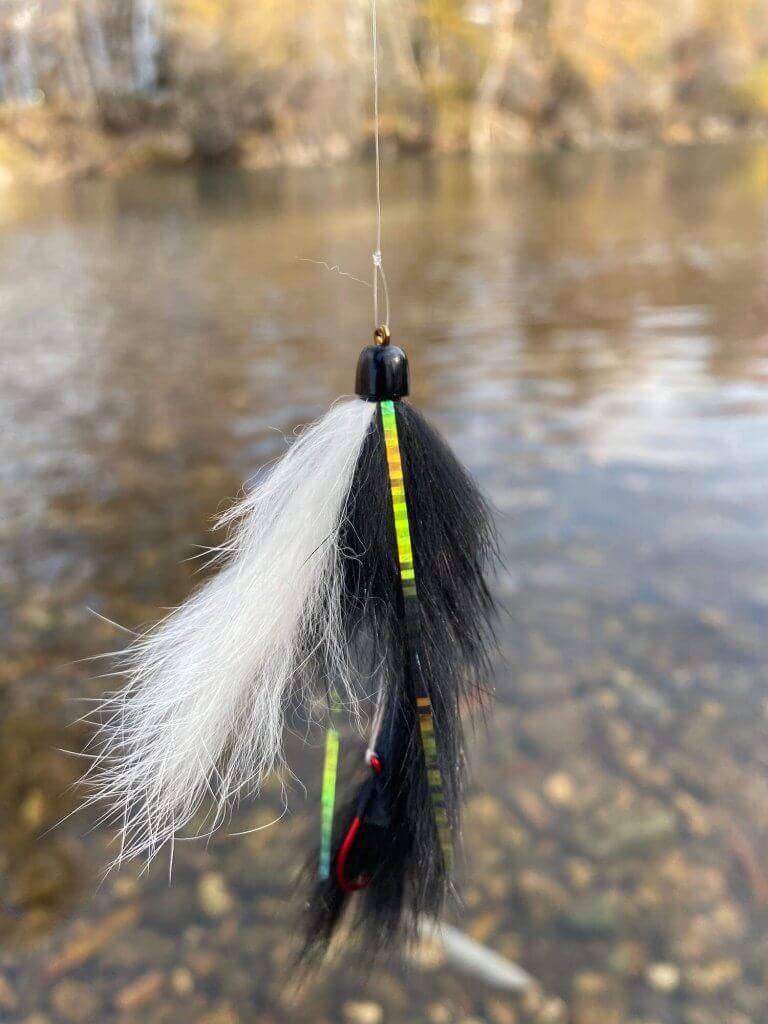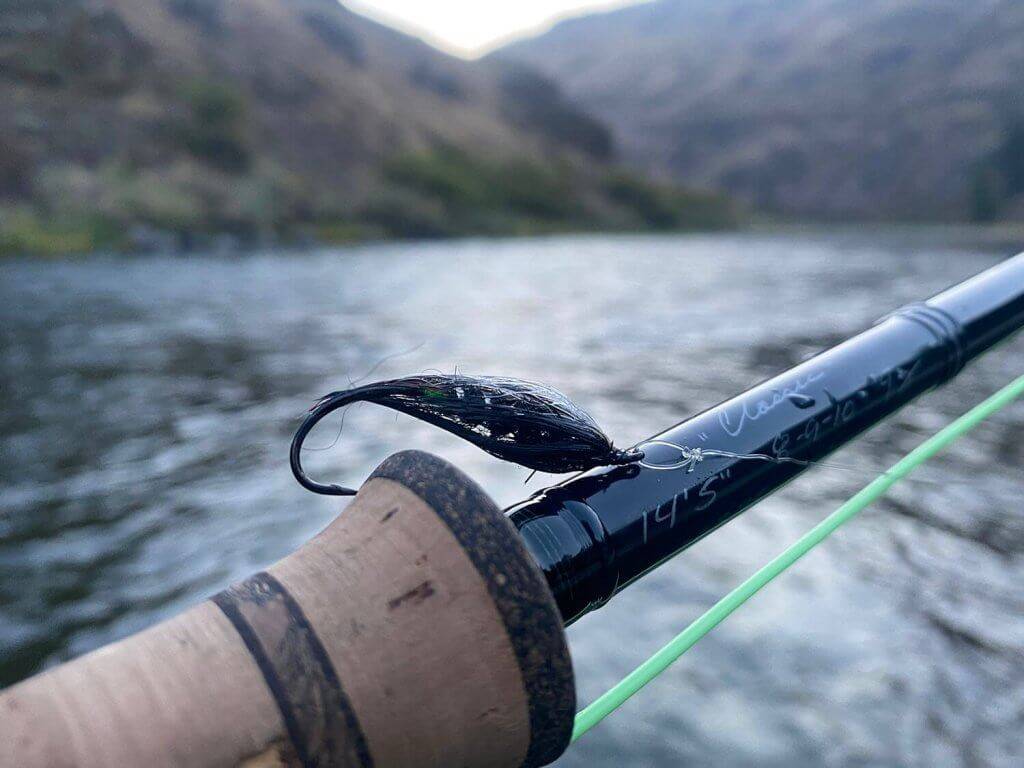Before You Hit the Road
The decision to pursue the native trout species of Idaho on a road trip can provide beginners and lifelong anglers alike with a life-changing crash course in natural history and conservation successes that you and your family are certain never to forget.
While little is guaranteed in fishing, I’m willing to assure you that a road trip to experience each of the native species of Idaho will leave you wondering not only what’s around the river bend but what’s in it.
Be sure to visit Idaho Fish and Game to check the regulations in each area and obtain a fishing license before you hit the road.
We’ll see you out there.
To learn more about where exactly you can find each of Idaho’s native trout species, visit the Fish Maps of the Western Native Trout Challenge hosted by the Western Native Trout Initiative.





